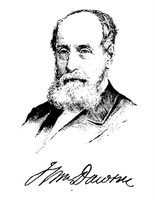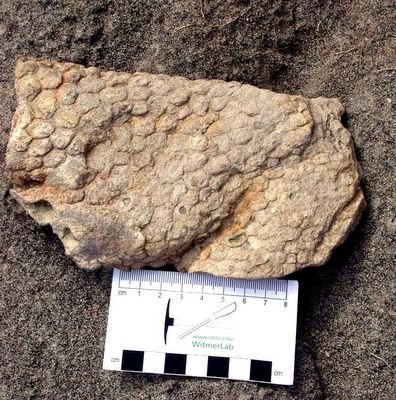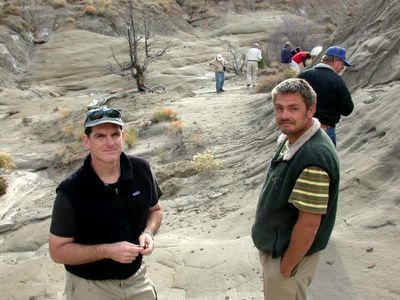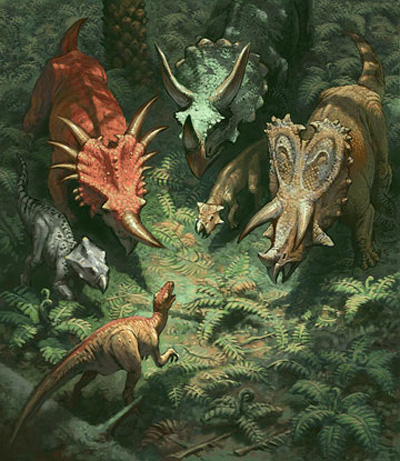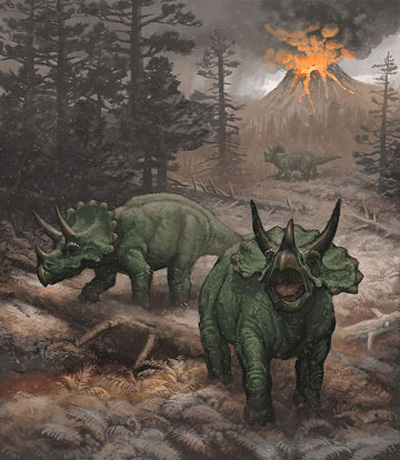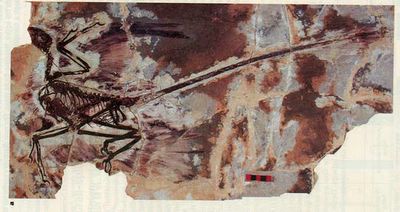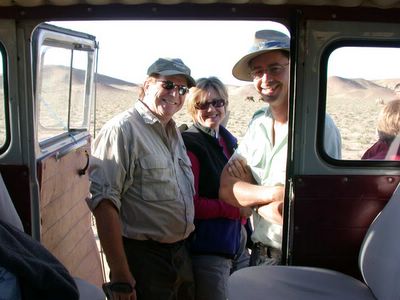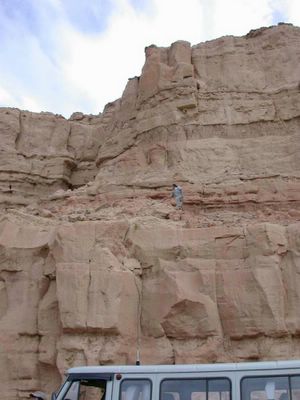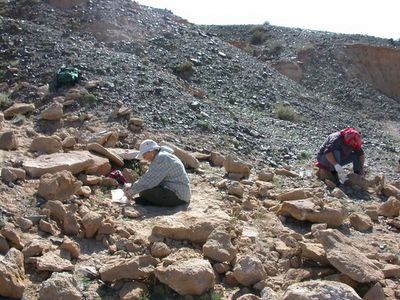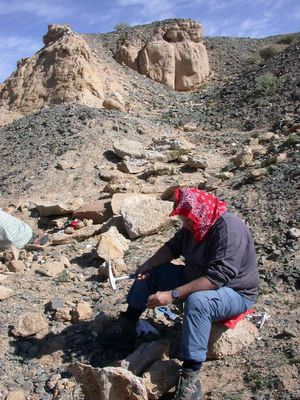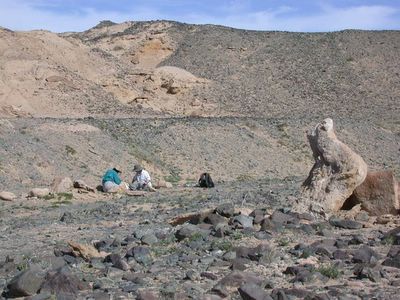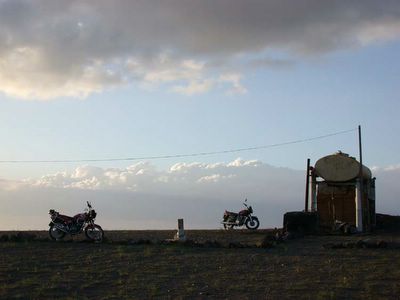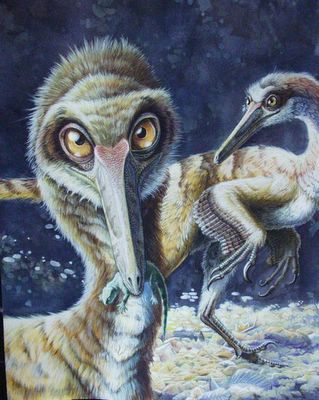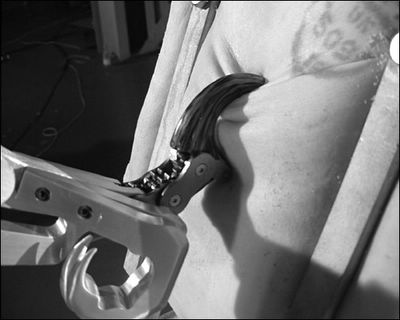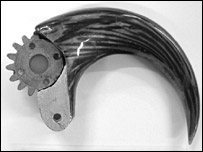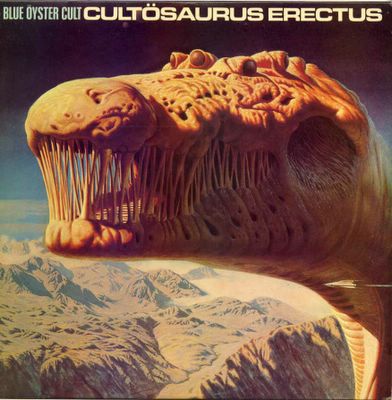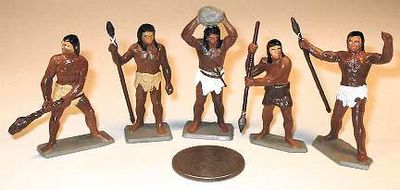Great white and other carnivorous sharks may have reputations for being cold-blooded killers but it turns out they have more in common with humans and other warm-blooded animals than previously believed, according to a new study involving a University of Calgary biologist released today.

In a paper (below) published in the Oct. 27th edition of the prestigious scientific journal Nature,
U of Calgary muscle physiologist Dr. Douglas Syme and colleagues from around North America
present evidence that a species of lamnid shark – the shark family comprised of predatory sharks like great whites and makos –
has muscle tissue that functions much the same way as mammalian muscles, which allows for swifter and more powerful swimming motion relative to other fishes.
That finding led Syme and his team to conclude that the salmon shark (
Lamna ditropis) appears unique in the fish world because it must maintain a much higher body temperature than the environment in which it lives– a trait normally associated with warm-blooded, or endothermic, creatures like mammals and birds.
Unlike mammals, which have developed complex insulation and thermoregulation systems to maintain constantly warm bodies, however,
the salmon shark must rely on continuous movement to generate enough heat to survive.  Dr. Doug Syme and student hard at work.“It’s very remarkable. It’s like having a mammal’s muscle in a shark,” Syme said.
Dr. Doug Syme and student hard at work.“It’s very remarkable. It’s like having a mammal’s muscle in a shark,” Syme said. “They are warm, which gives them a significant advantage over their prey because warm muscle produces a lot of power, but it also puts them on a razor’s edge because if they cool down too much, their muscles stop working and they may well die,” he said. “They’ve crossed over the line to relying on endothermy, where they have to stay warm all the time. For a fish, and particularly one that lives in very cold water, this is extraordinary”
Syme said the common belief that sharks are primitive animals that have existed without major evoluntionary changes for millions of years, is untrue, and the study shows one of example of this.
“Sharks are an ancient group of animals but this shows they are not stuck in the past and are very successful in many environments,” Syme said. “These animals are keeping pace with their prey, salmon, which is a modern and very agile fish.
Mammal-like muscles power swimming in a cold-water shark. Diego Bernal, Jeanine M. Donley, Robert E. Shadwick and Douglas A. Syme. Nature 437: 1349-1352 | doi: 10.1038/nature04007
Abstract:Effects of temperature on muscle contraction and powering movement are profound, outwardly obvious, and of great consequence to survival. To cope with the effects of environmental temperature fluctuations, endothermic birds and mammals maintain a relatively warm and constant body temperature, whereas most fishes and other vertebrates are ectothermic and conform to their thermal niche, compromising performance at colder temperatures. However, within the fishes the tunas and lamnid sharks deviate from the ectothermic strategy, maintaining elevated core body temperatures that presumably confer physiological advantages for their roles as fast and continuously swimming pelagic predators.
Here we show that the salmon shark, a lamnid inhabiting cold, north Pacific waters,
has become so specialized for endothermy that its red, aerobic, locomotor muscles, which power continuous swimming, seem mammal-like, functioning only within a markedly elevated temperature range (20–30 °C). These muscles are ineffectual if exposed to the cool water temperatures, and when warmed even 10 °C above ambient they still produce only 25–50% of the power produced at 26 °C. In contrast, the white muscles, powering burst swimming, do not show such a marked thermal dependence and work well across a wide range of temperatures.
Congrats to Doug Syme, one of my former Ph.D. advisors for this fine piece of research!
Photos courtesy of Doug Syme.



